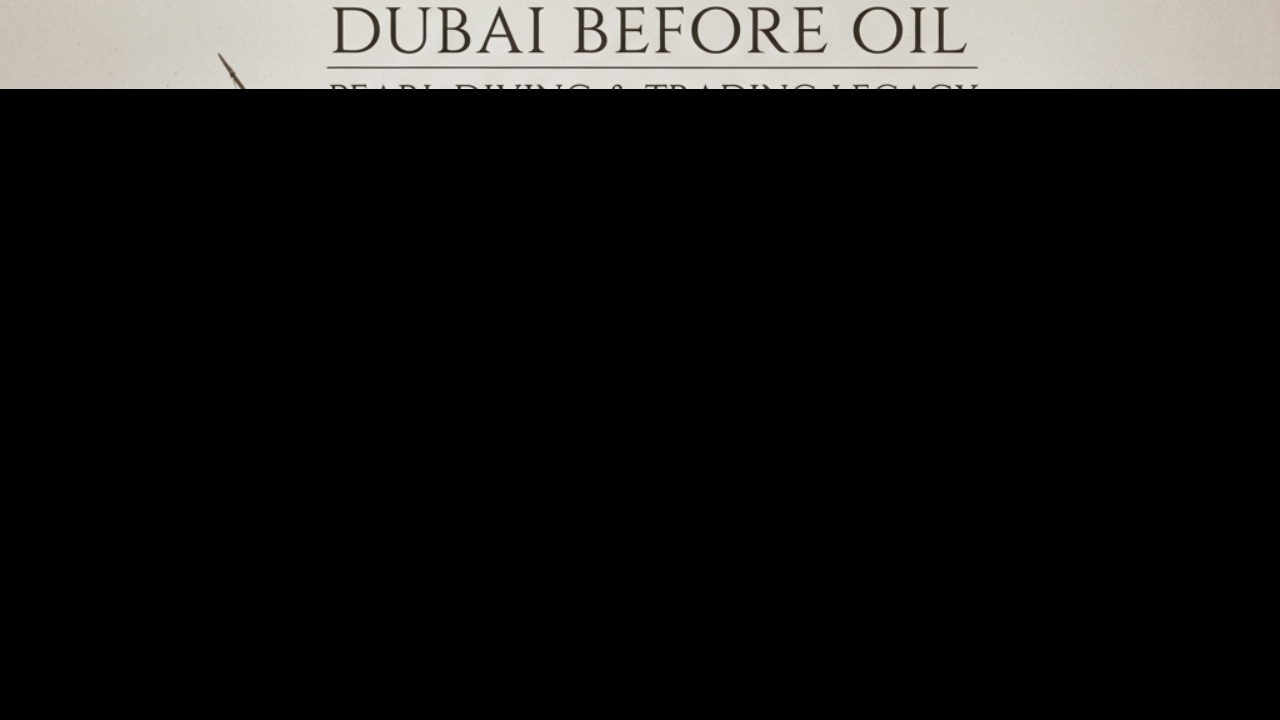
Post by : Naveen Mittal
Long before gleaming towers and oil wealth, Dubai was a coastal community reliant on the sea. For centuries, its people made their living through pearl diving, fishing, dhow trade, and a vibrant maritime network. That pre-oil era laid the social, economic, and cultural foundations upon which modern Dubai would rise.
Pearl diving in the waters of the Arabian Gulf has roots stretching back over 7,000 years. The shallow oyster beds, warm clear waters, and favorable marine conditions made the region a center for natural pearls. For centuries, pearls were a coveted luxury in Asia and Europe, giving coastal Gulf communities a valuable export to trade. In the late 19th and early 20th centuries, pearl export revenues became a main source of livelihood for many Gulf populations.
In Dubai and the surrounding emirates, pearl diving often occupied a large share of the workforce. Some accounts suggest that before World War II, a majority of men in coastal communities were involved in pearling, boat building, or related seafaring trades. The pearling industry connected the Gulf to distant markets through dhow trade routes, linking Dubai to India, Persia, East Africa, and beyond.
Pearling was seasonal, typically during the warmer months when the sea was calm and visibility better. The main pearling season was called Ghous Al-Kabir (“the big dive”), running from June to September, with shorter seasons in other months. Before departure, crews held farewell ceremonies, and on return, communities would celebrate the divers’ safe arrival.
Diving teams sailed out on large wooden dhows (often with 15–25 men). A diver (called a ghais) would descend by holding his breath, wearing only minimal gear: a nose clip made of turtle shell or bone, sometimes earwax to limit pressure, and a sack (al-dean) to collect oysters. A stone weight was tied to one leg to help the diver descend. On average, each diver made dozens of dives per day, often up to 30 or more, each dive lasting maybe 60–90 seconds depending on depth. Other crew — called siyub — remained on the boat and managed the rope to haul divers back, guided by a captain (nakhuda).
The dives were risky. Dangers included drowning, shallow water blackout, marine hazards, and the physical stress of repeated breath-hold dives. The work required courage, skill, and discipline, and it shaped a strong communal culture among coastal communities.
Pearls collected were sold to merchants, many from India or Persia, who polished, graded, and traded them in large markets such as Bombay (Mumbai). The profits often went through multi-layered distribution, with financiers, captains, middlemen, and divers all playing roles. Wealth from pearls enabled coastal settlements to grow and urbanize.
Dubai and Abu Dhabi became important pearling centers. Many families moved closer to the coast to reduce travel time to dive sites. Traders, artisans, shipbuilders, and fishermen formed ancillary industries around pearl trade. The dhow trade network also allowed import and export of goods like dates, fish, textiles, spices, and more — connecting Dubai to broader regional commerce long before oil.
The pearling economy also had social stratification. Merchants and financiers often held more economic power, whereas divers and crew (often migrants or local) bore higher risks. In some periods, enslaved labor from Africa and the Indian Ocean region was used in the diving fleets.
In the early 20th century, several forces undermined the pearl industry. The invention and mass production of cultured pearls—especially in Japan—saturated the global market. Together with the Great Depression, lowered prices, and overfishing, the natural pearl trade collapsed. By the 1930s and 1940s, pearl diving was a shadow of its former self.
At the same time, discovery of oil in the region shifted economic focus. The oil boom offered new, far more lucrative opportunities. Many divers and coastal families transitioned to roles in trade, infrastructure, government, or labor provided by oil revenues. The social and economic center of gravity began to move inland and toward modern urban centers.
Though pearl diving no longer drives Dubai’s economy, the legacy remains deeply embedded in culture. Many Emirati families trace ancestral pride to divers. Museums and heritage centers display diving tools, traditional dhows, and dioramas of diving life. Folk songs (al nahma) and traditions are still performed to honor the sea work of forebearers. Heritage villages, festivals, dhow races, and cultural storytelling help preserve the memory of that era.
Dubai’s modern identity itself is partly built on that maritime heritage: the connection to the sea, trade routes, and the entrepreneurial spirit born from surviving in harsh desert-coastal environments.
Disclaimer:
This article is written for informational and cultural insight. It draws on historical and archaeological accounts as of 2025. Some details about early practices, timelines, and social structures may vary across sources or evolve with new research.
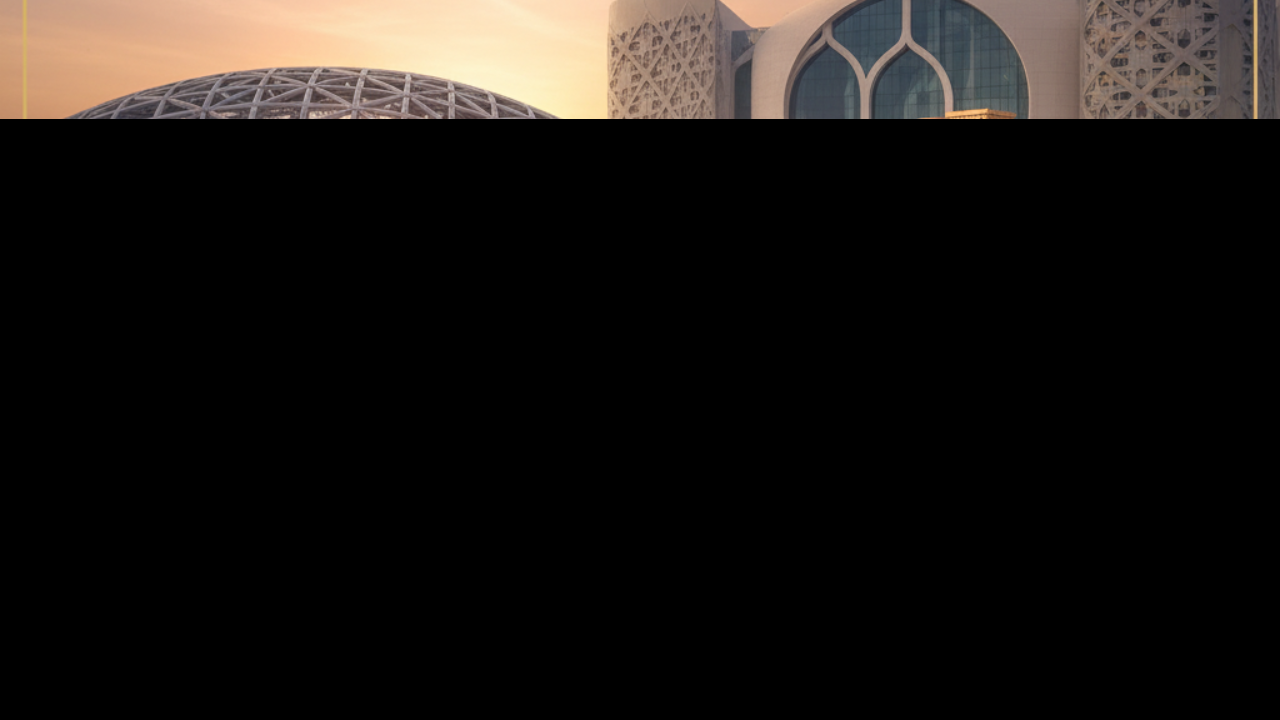
Where Time Speaks: UAE’s Premier Museums & Archives to Visit
Explore UAE’s top national museums and archives — from Al Ain to Sharjah to Dubai — where history, c

From Pearling Paths to Diplomatic Bridges: UAE in Gulf History
Explore how the UAE shaped the Gulf through ancient trade, regional diplomacy, and commitment to Gul
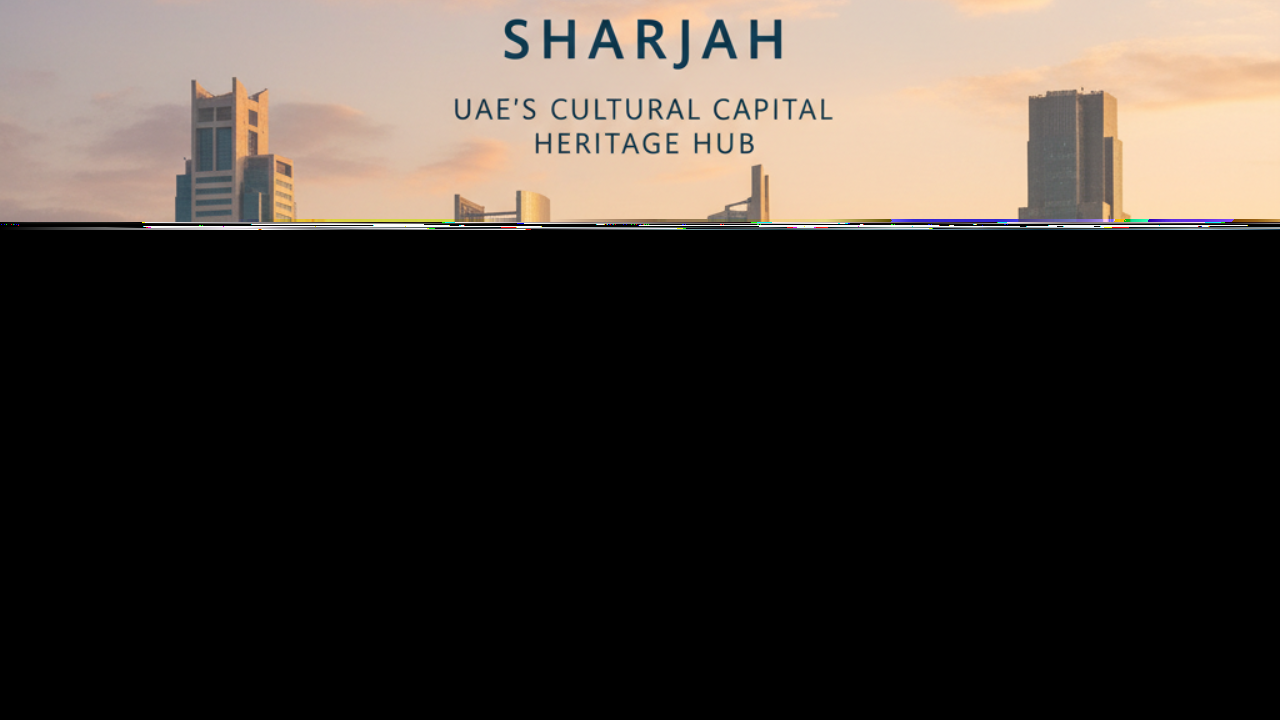
How Sharjah Became the UAE’s Cultural Heart — A Story of Vision & Heritage
Explore how Sharjah earned its title as UAE’s heritage hub — from Qasimi patronage to UNESCO honours

Walking Through Time: How Souks & Old Towns Keep UAE Heritage Alive
Discover the UAE’s timeless charm — explore historic souks, restored old towns, heritage districts a

From Depths to Dhow: How Pearl Diving Forged Dubai’s Early Identity
Explore Dubai’s pre-oil era: how pearl diving, dhow trade, and coastal life shaped its culture, econ
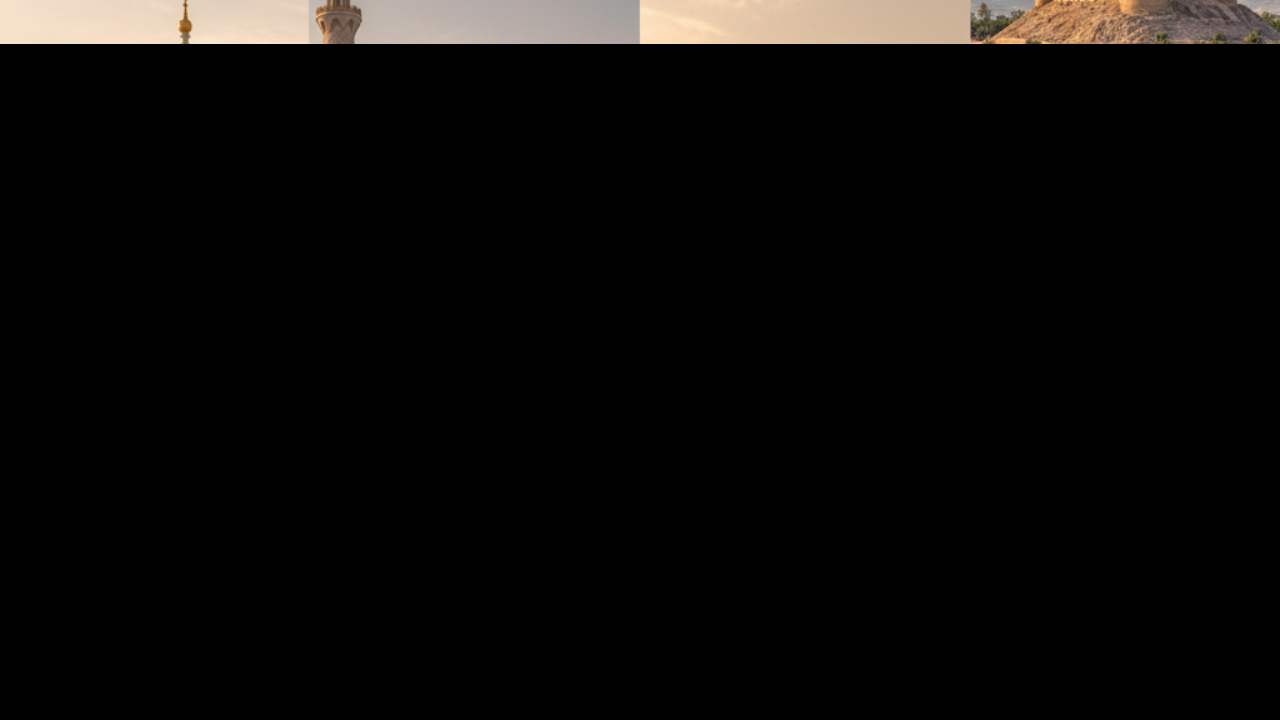
From Ancient Forts to Heritage Villages: Unmissable Historic Sites Across the UAE
Explore UAE’s top historic landmarks — forts, mosques, archaeological parks, heritage villages & mor
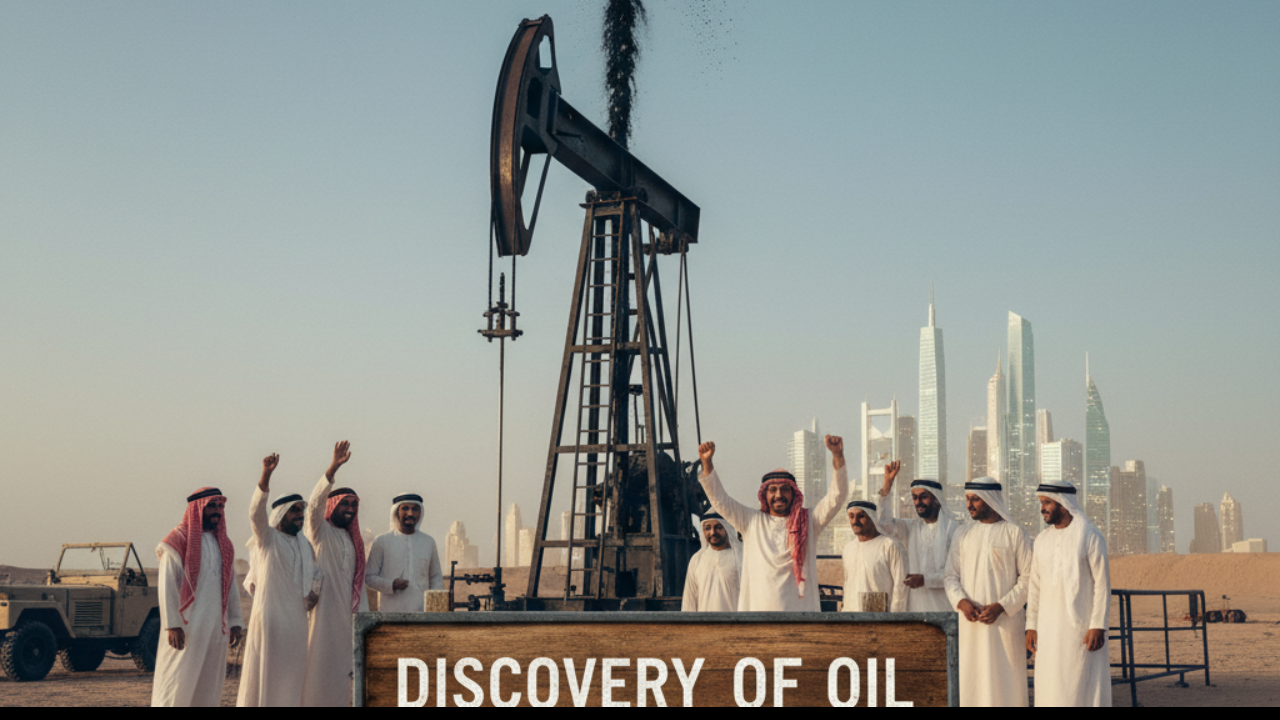
The Black Golden Moment: How Oil Changed the Fate of the Emirates
From desert sheikhdoms to global powerhouse: discover how the UAE’s oil discovery reshaped its econo

Effective Ways to Reduce Joint Pain and Stiffness This Winter
Learn simple ways to reduce joint pain and stiffness this winter with warmth exercises diet tips and
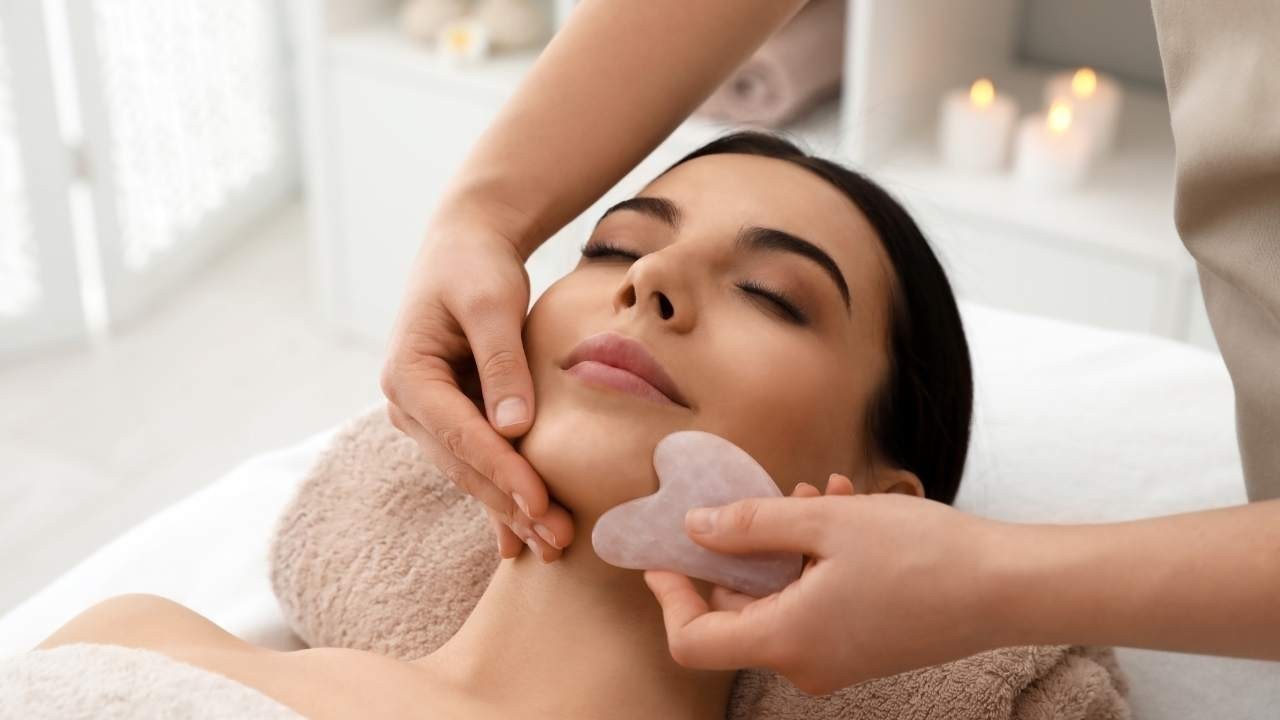
Facial Sculpting and Non Invasive Techniques Safe Beauty Trends for the Future
Explore facial sculpting and non invasive techniques shaping beauty care Safe affordable and natural

Body Positivity Embracing Self Love Confidence & True Beauty
Celebrate body positivity embrace self love reject false beauty ideals and discover confidence at ev

Skin Microbiome Secrets to Healthy and Balanced Skin
Explore the skin microbiome its role in skin health and simple ways to keep your skin balanced healt
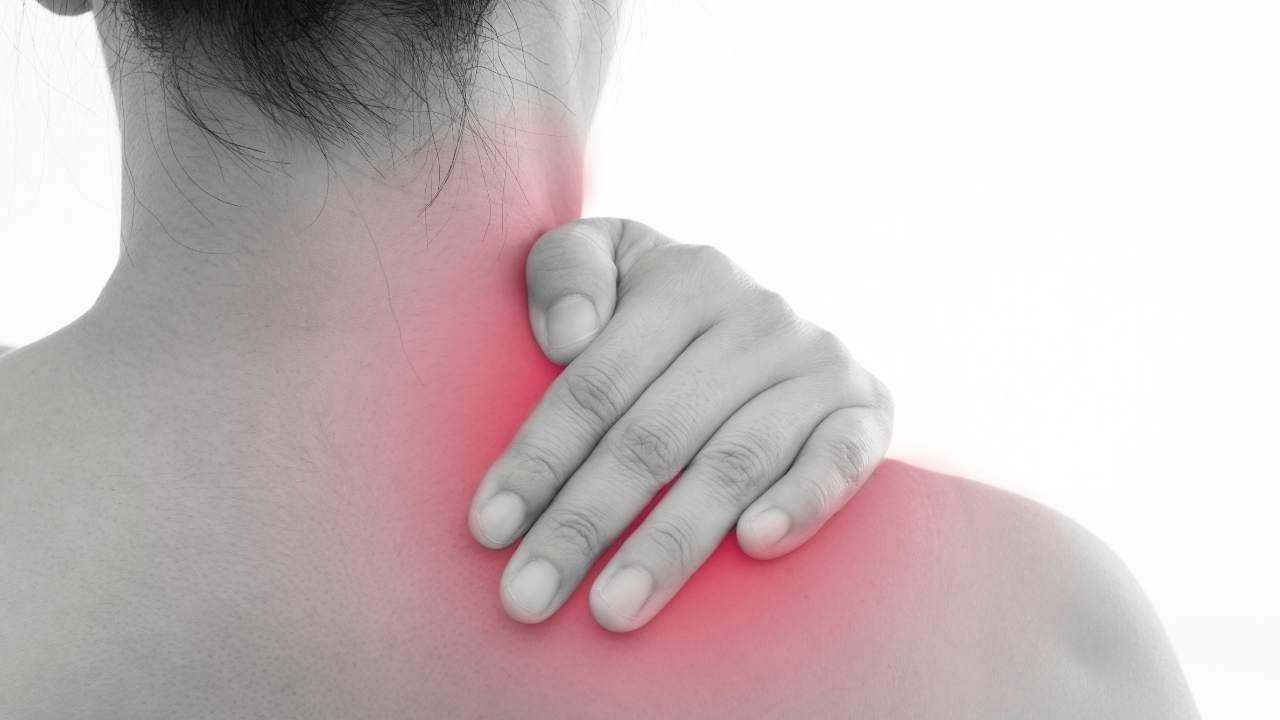
Sarcopenia How Aging Steals Muscle and Ways to Stay Strong
Discover sarcopenia the silent muscle loss with age its signs causes and simple ways to stay strong

Cultural Appropriation vs Appreciation Respecting Global Traditions
Learn the difference between cultural appropriation and appreciation to respect traditions and celeb

Uniform and Rebellion How Personal Identity Thrives Within Rules
Explore how uniforms shape identity and spark subtle rebellion blending conformity with personal exp
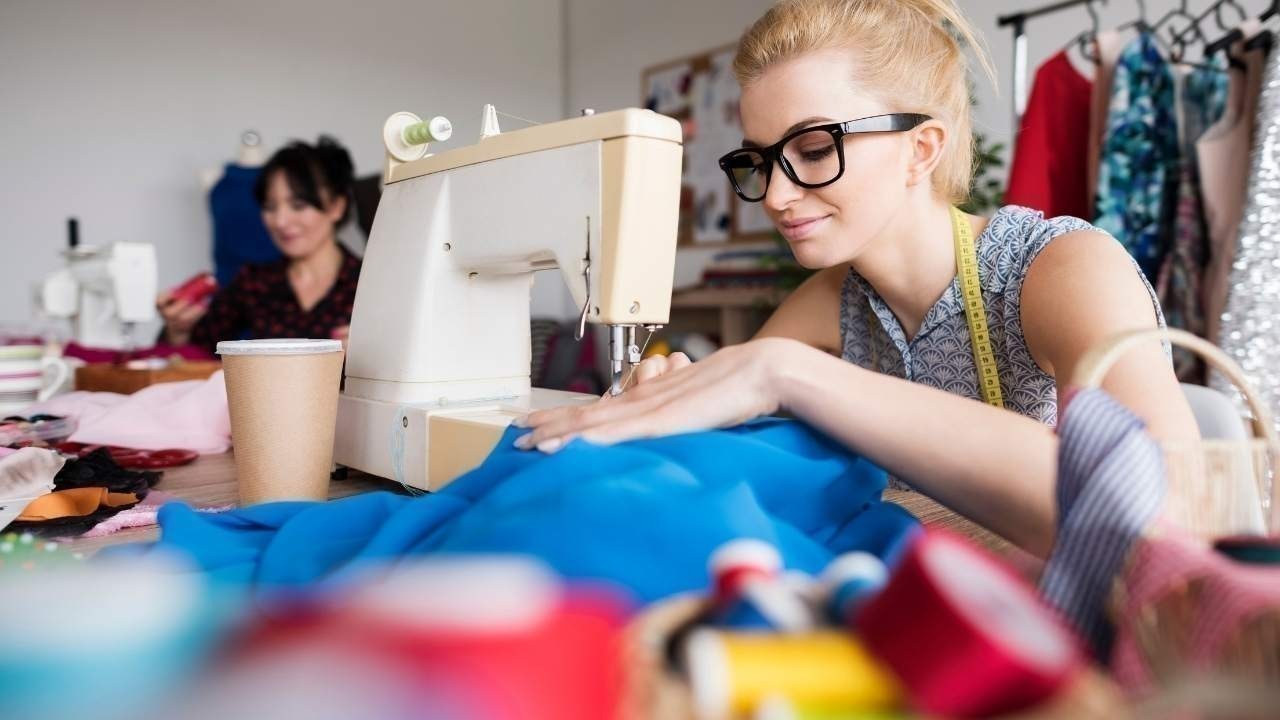
The Unseen Labor Behind Fashion Inside the Secret Stitch
Discover the hidden world of fashion labor and the secret stitch behind every garment Honor the hand